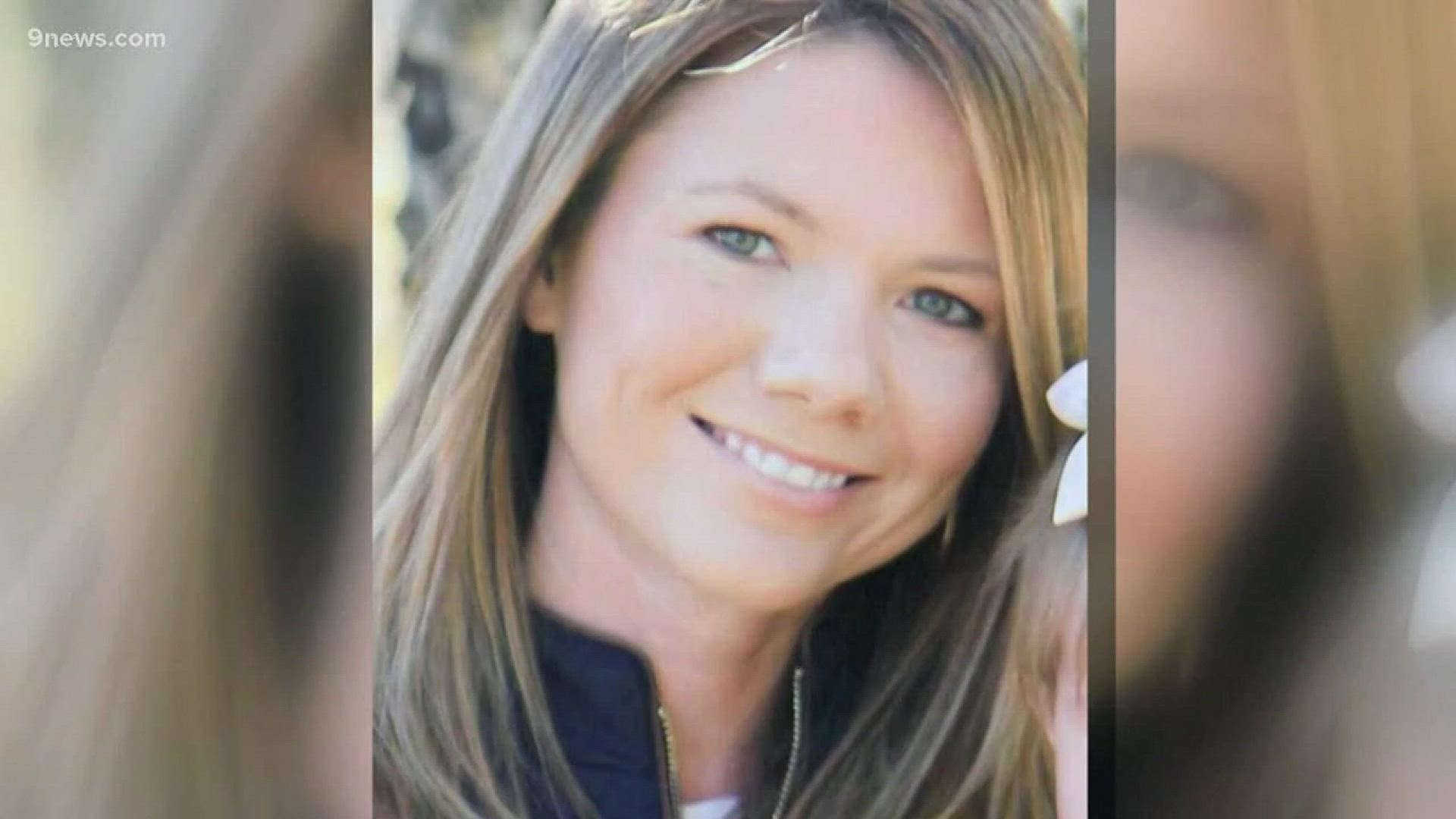KUSA – The phrase “it’s like finding a needle in a haystack” is thrown around quite a bit when it comes to landfill searches. But, that analogy might not tell the whole story since haystacks aren’t typically filled with tens of thousands of pounds of rotting food, human excrement, medical waste and trash.
These are the conditions searchers are likely to encounter when they begin searching the Midway Landfill in Fountain Tuesday for any evidence related to the disappearance and presumed death of Colorado mother Kelsey Berreth.


The Woodland Park Police Department said the search is likely to last 16 to 80 days and involve a dozen investigators. They’ll be relying, in part, on testimony from Idaho nurse Krystal Jean Lee Kenney, who told police that Kelsey Berreth’s fiancée Patrick Frazee killed the 29-year-old mother of his child, burned her body and possibly disposed of what was left of her either in the trash or the river.
Frazee has been charged with first-degree murder and solicitation to commit first-degree murder for Berreth’s Thanksgiving disappearance. During a preliminary hearing last week, prosecutors also said they’re seeking additional charges for tampering with a corpse and crime of violence – a sentence enhancer.

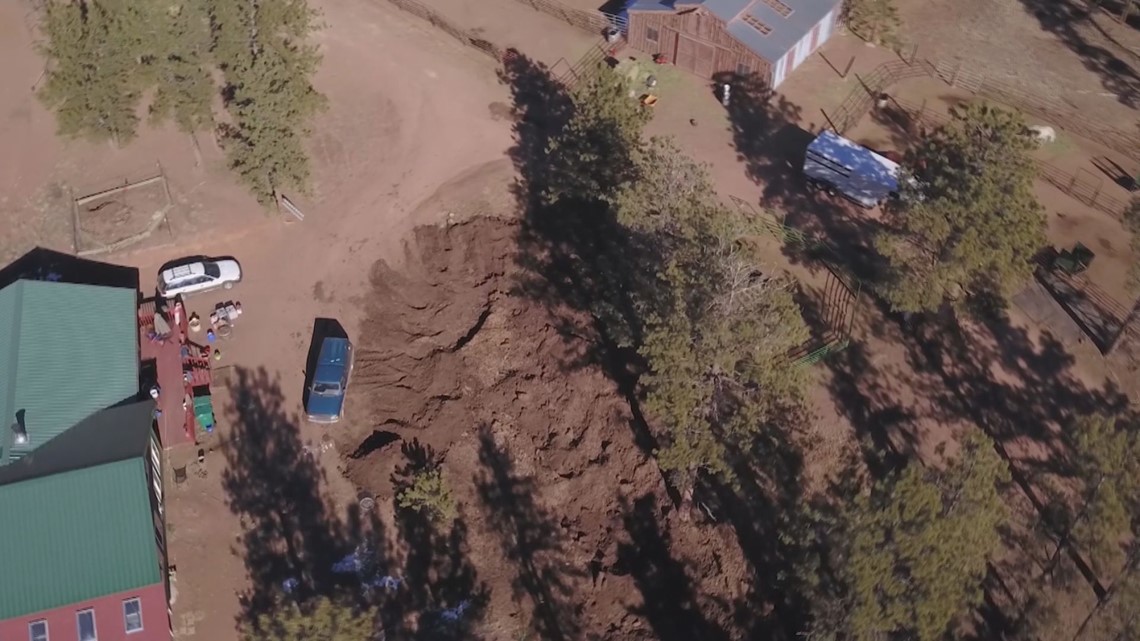
If Berreth’s remains were thrown in the trash, they could have been transported to the Midway Landfill – which is about 40 miles away from her home in Woodland Park.
Finding any evidence will involve searching the right part of a facility that purports to process 275,000 tons of waste per year on a 238-acre footprint, according to a fact sheet on the Midway Landfill’s website.
Again, it’s like finding a needle in a haystack, and stories of successful landfill searches are few and far between. But, finding a body is not unheard of – and in one instance, it cracked one of Colorado’s most notorious criminal cases.
The search for Jennifer Blagg

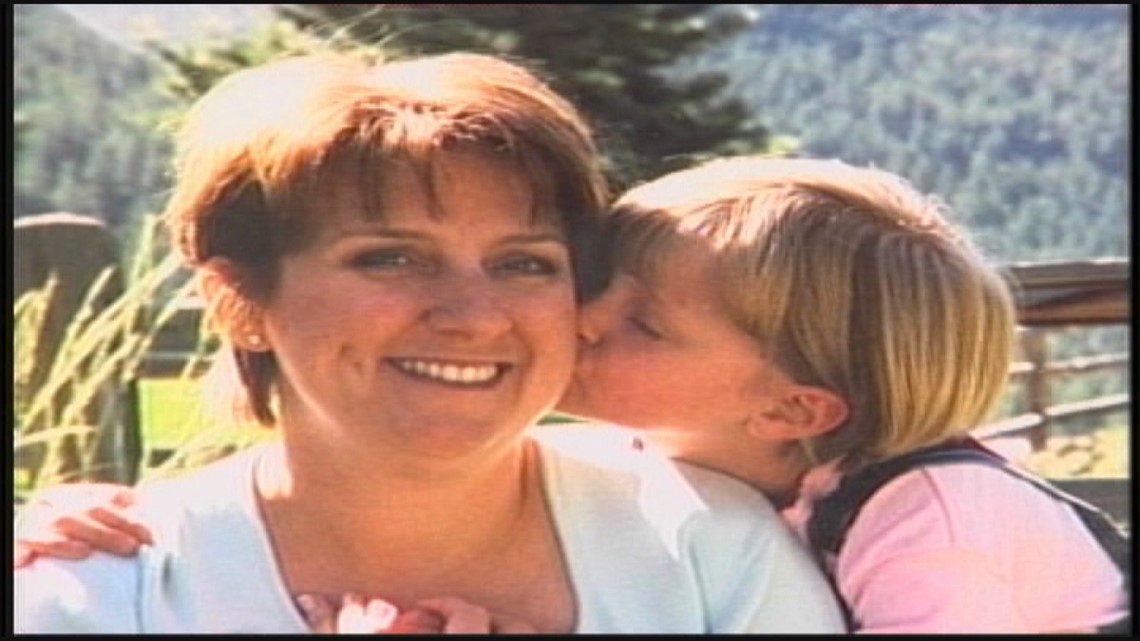
What would prove to be a façade of an idyllic family existence was shattered at 4:21 p.m. on Nov. 13, 2001. Michael Blagg called police and said when he got off work and walked into his home just outside of Grand Junction, he found the backdoor ajar.
He told officers that multiple items were strewn on the floor of the bedroom, and there was a large splatter of blood on one side of the mattress. His 34-year-old wife Jennifer Blagg and 6-year-old daughter Abby were gone, and would never be seen alive again.

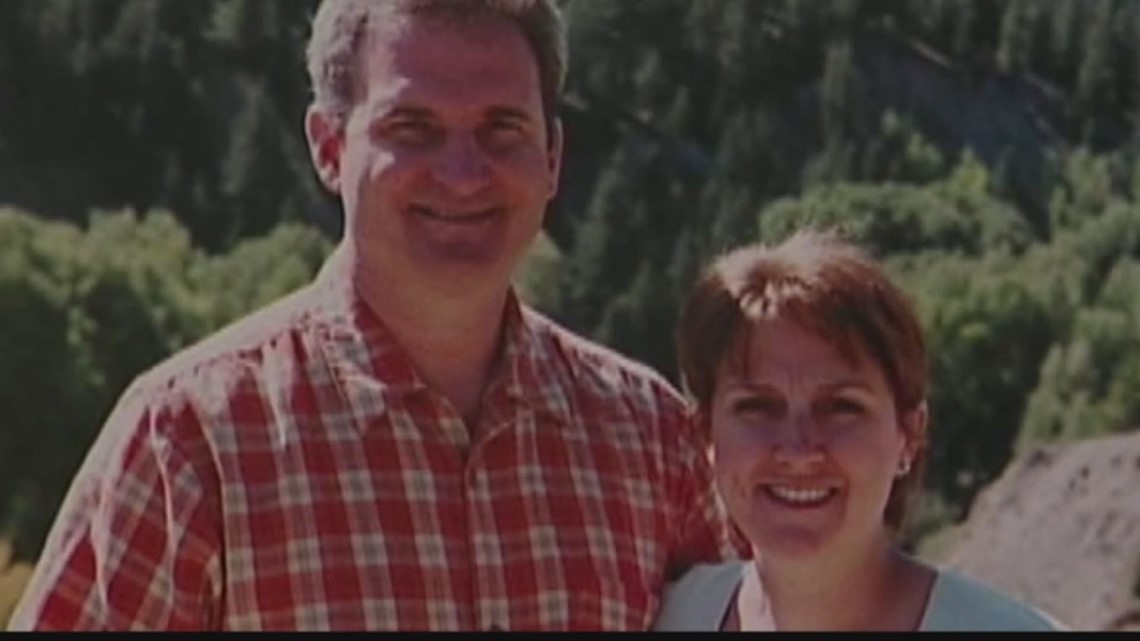
The case would garner media attention from across the country, and Michael Blagg would appear on multiple television programs to plead for the safe return of his wife and daughter.
He has since been sentenced to life in prison for a second time for his wife’s murder. And Michael Blagg’s arrest came just a few hours after investigators found Jennifer Blagg’s severely decomposed body on their 17th day of combing through the Mesa County landfill.
The search happened in a desolate stretch of desert south of Grand Junction during what was described as a particularly hot summer, according to testimony from Michael Blagg’s March 2018 second trial. Temperatures soared above 100 degrees as investigators combed through human excrement, medical waste, animals carcasses, thousands of bright orange Home Depot flyers and green punchouts from Michael Blagg’s employer Ametek Dixson for any evidence related to the disappearance of his wife and daughter.
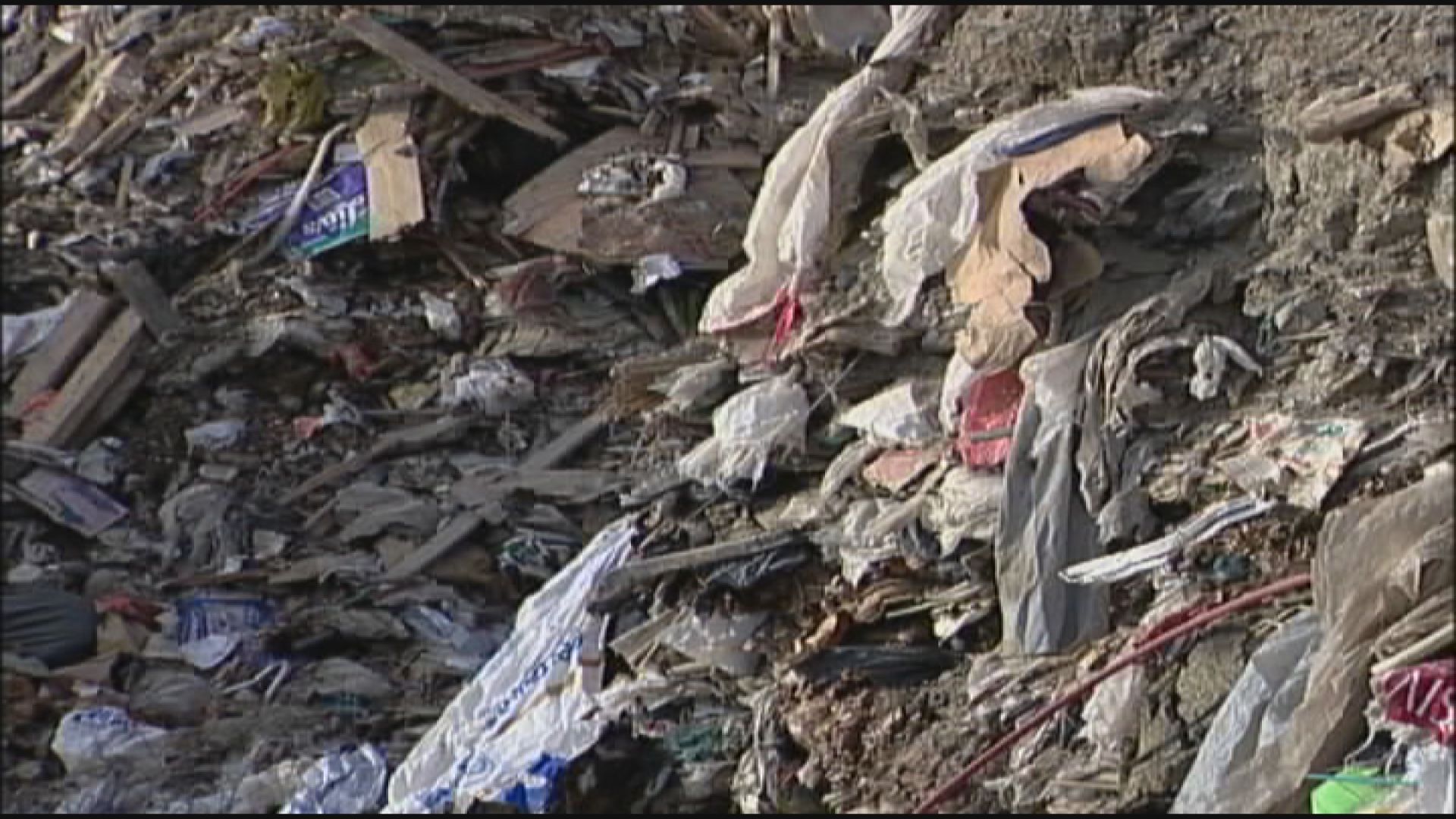
It was those green Ametek Dixson punchouts that would crack the case and ultimately implicate Michael Blagg.
The search area, according to court testimony, accounted for three-tenths of one percent of the Mesa County landfill. Investigators used landfill records to determine when and where trash from Nov. 13, 2001 was dumped. From there, they dug what’s known as “pot holes” to find newspapers dated at around this time as well as the Ametek Dixson punchouts to guide them to what was thrown in the dumpster of their Grand Junction office in mid-November.
An excavator would bring out loads of trash, and investigators would rake through it. On June 4, 2001, they found what they were looking for. Jennifer Blagg’s leg was seen dangling from the machinery, and what was determined to be her body was found wrapped in a tent that had apparently been in the family’s garage.

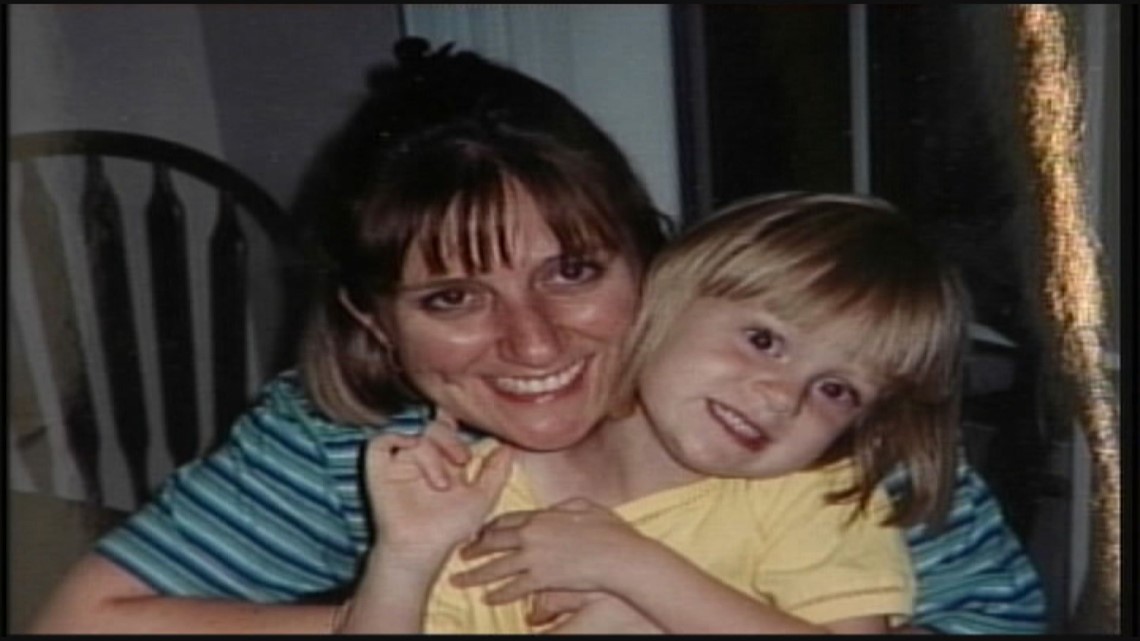
Her severed leg was found the next day a little less than 10 feet away.
Jennifer Blagg was still wearing the retainer she wore to bed every night, according to prosecutors, and she had apparently been shot at close range. Two juries would later buy the argument from the Mesa County District Attorney’s Office that Michael Blagg had shot his wife while she was sleeping, wrapped her body in a tent, and then threw her into the garbage at Ametek Dixson. Their 6-year-old daughter Abby has not been found to this day.
According to court testimony, after months inside of the Mesa County landfill, Jennifer Blagg’s once 130-pound frame had decomposed to weigh just 60 pounds.
Investigators considered it something of a miracle to find her body – and it’s possible Michael Blagg might have never been arrested if it weren’t for this vital piece of evidence.
Michael Blagg and his family have maintained his innocence in the more than 17 years since his wife and daughter disappeared -- and the now 55-year-old even took the witness stand during his retrial.
Landfill searches where a body has not been found
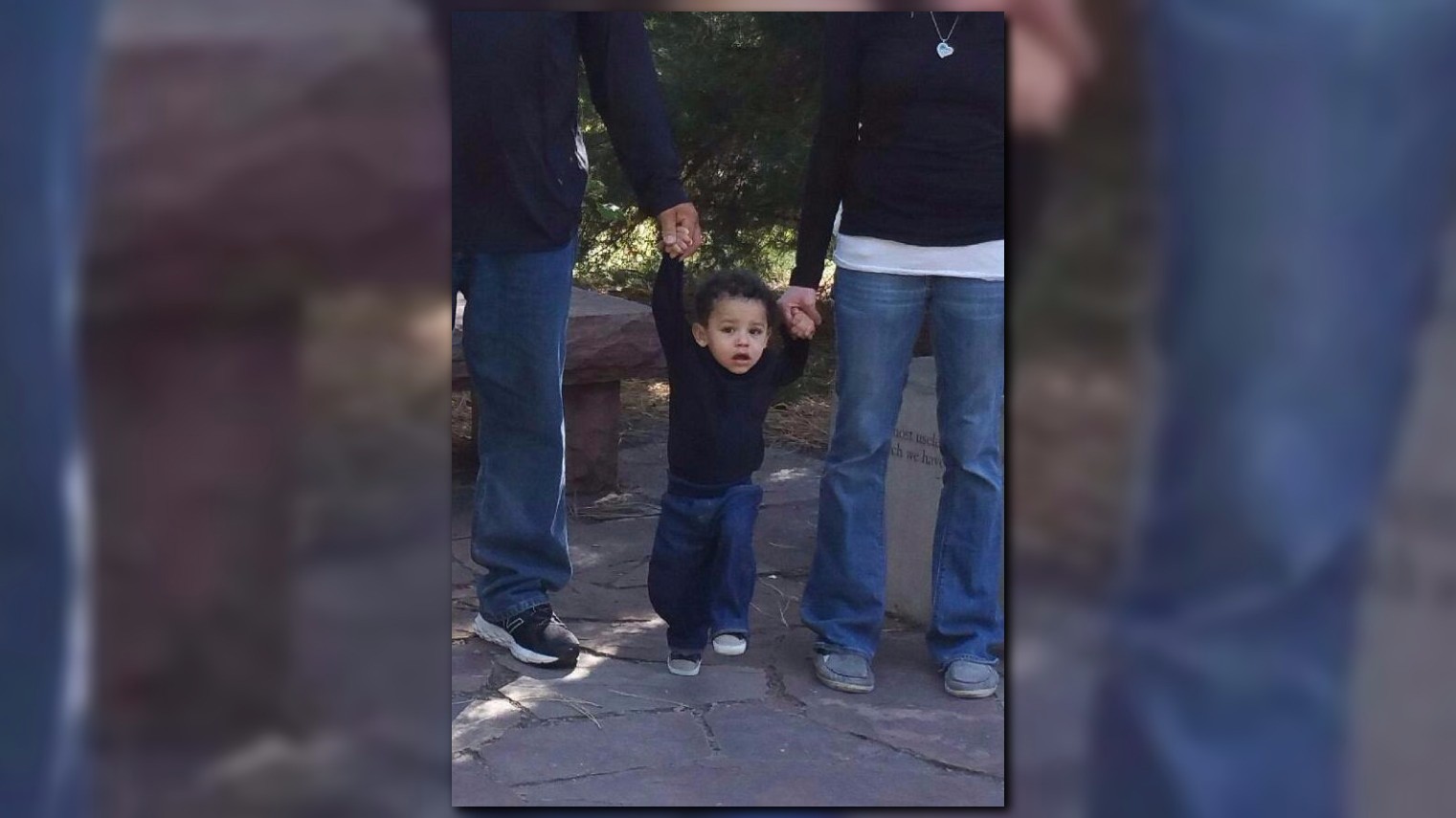
By their nature, landfill searches are often unsuccessful. Back in 2016, investigators combed through the landfill in Ault, Colorado for the body of a 13-month-old boy who had been reported missing a few weeks prior.
During that search, more than 400 people helped sift through 659 buckets of refuse for a total of 100-plus hours. While no body was found, they did find car seats similar to the one owned by the victim’s family, the Laramie County Sheriff’s Office said at the time.
Even in the absence of a body, Logan Rogers – the suspect in the child’s disappearance – was sentenced to 18 to 20 years in prison after pleading guilty to manslaughter and reckless child endangerment.
In another case, Boulder investigators spent weeks searching a landfill in Arkansas for evidence related to the death and disappearance of Ashley Mead. The 25-year-old woman was reported missing in 2017, and her ex-boyfriend has since been sentenced to life in prison for dismembering her body and leaving it scattered across the country.

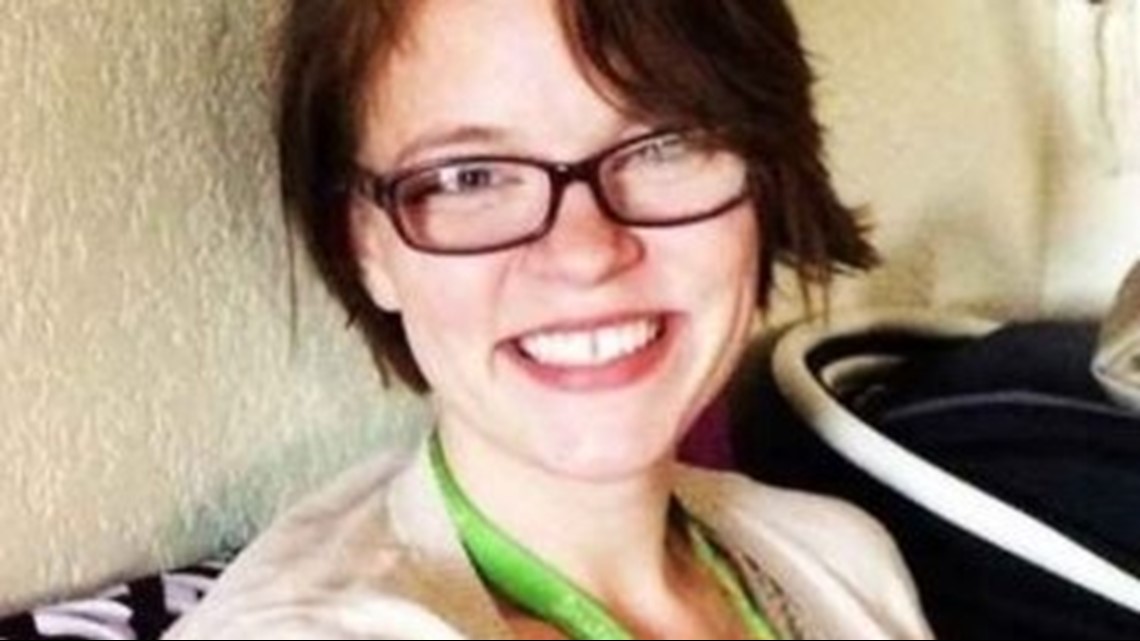
The Boulder Daily Camera reports that, in an effort aimed in part at helping Mead’s family find answers, investigators traveled 1,000 miles to the Morrilton Sanitary Landfill in Arkansas to look for her. Around a dozen officers would work week-long shifts digging through the evidence.
This search ultimately cost the city of Boulder $292,660.97, according to the Daily Camera’s report.
Adam Densmore was convicted in Mead’s murder last year, and he will die in prison.

What’s next in the Kelsey Berreth case


During a preliminary hearing in Teller County Court, prosecutors indicated they would rely heavily on Kenney’s testimony. She has already pleaded guilty to tampering with Berreth’s cellphone, and agreed to testify against Frazee should the case come to trial.
According to testimony from Colorado Bureau of Investigation Agent Gregg Slater, Kenney told police that she and Frazee rekindled a romantic relationship in March 2018, and discussed killing Berreth in the weeks leading up to her disappearance.
Kenney told investigators that she backed out of the scheme, Slater testified, but that she nevertheless answered the phone on Thanksgiving 2018, when she said Frazee called her and told her she “had a mess to clean up.”

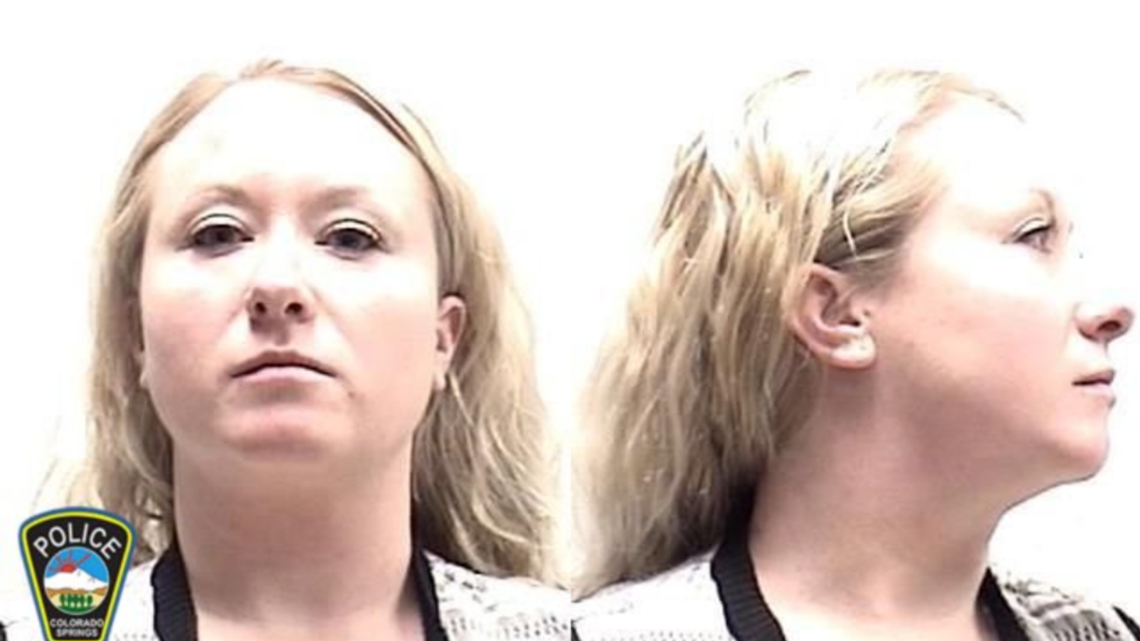
Slater said Kenney told him she drove down to Colorado from Idaho two days later and cleaned up the grisly crime scene at Berreth’s apartment. According to Slater, Kenney told investigators she went with Frazee to the barn where she claims he stored Berreth’s body, and then went back to his property and watched him burn the tote box where she believed the 29-year-old’s remains were stored.
According to court testimony, investigators found evidence of burn marks on Frazee’s Florissant ranch. Cell phone data seems to put Frazee at Berreth’s home at times that contradict the timeline he initially gave police, the arrest affidavit in the case says.


The affidavit also claims Frazee and Berreth’s phones were together days after she was last seen alive.
This is the information that the Teller County District Attorney relied on during Frazee’s preliminary hearing – and while no body has been found, the judge ruled that there is enough evidence for the case to go to trial.
Frazee will appear in court for an arraignment in April.
And it’s possible that even then, investigators could still be searching the landfill just outside of Fountain.
SUGGESTED VIDEOS | Kelsey Berreth case

